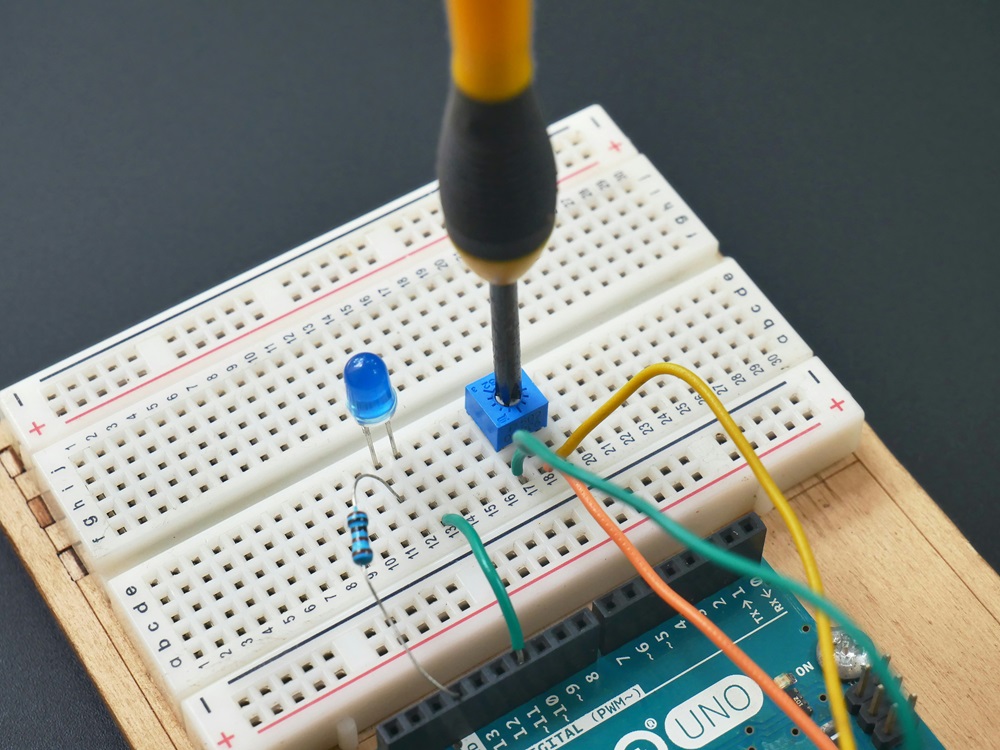As the demand for semiconductor chips continues to rise due to technological advancement and increasing demand of electronics across industries like EVs, IoT and AI across the globe, India has decided to tap into semiconductor manufacturing sector and lead in meting world’s semiconductor demand. Due to shortage of semiconductor available across the globe, Indian government is investing huge in this sector to increase manufacture in the country by attracting players from across the globe. As India currently relies heavily on the imported chips which is mainly done from China it poses a national security threat as there will be chances of data theft hence it is necessary for the country to become independent in the chip manufacture.
The government of India has initiated US$10 billion India Semiconductor Mission (ISM) which aims to transform India into a global semiconductor hub as it seeks to attract international semiconductor manufacturers, support local start-ups, and provide incentives for research and development. To promote faster manufacture of chips in India, the government is targeting to develop semiconductor supply chain and ecosystem in the country by providing PLI (Production Linked Incentive) to boost local manufacturing and DLI (Design Linked Incentive) to provide design infrastructure support across various stages of development and deployment of semiconductor designs as the country has become a key player in chip design, hosting design offices for all major semiconductor companies. However, Indian engineers have mostly developed systems for international firms, resulting in little to no intellectual property (IP) creation by Indian companies. The chip DLI scheme aims to bridge this gap by encouraging domestic IP development, focusing on a crucial part of the semiconductor supply chain.
India presents itself as great alternative to China for companies looking to diversify their supply chain, as it has one of the cheapest labor costs and is committed to develop a reliable ecosystem for investors. The main challenge which may arise in the future in country is the lack of skilled labor needed in the fabrication of chips and to avoid such crises, government could start skill training of workers to provide sound ecosystem. With investments in fabs (fabrication plants) and chip packaging units, India’s semiconductor ecosystem is poised to benefit traditionally strong manufacturing industries like automotive and electronics, as well as emerging capacity in telecom equipment production. With various companies seemingly interested in the semiconductor industry in India, the sector could see more global companies investing in the sector or collaborating with Indian companies to develop better technology for manufacturing of semiconductor and creating opportunity for the country to become notable semiconductor manufacturing hub and cut down its import dependencies in electronics production and frontier sectors.



